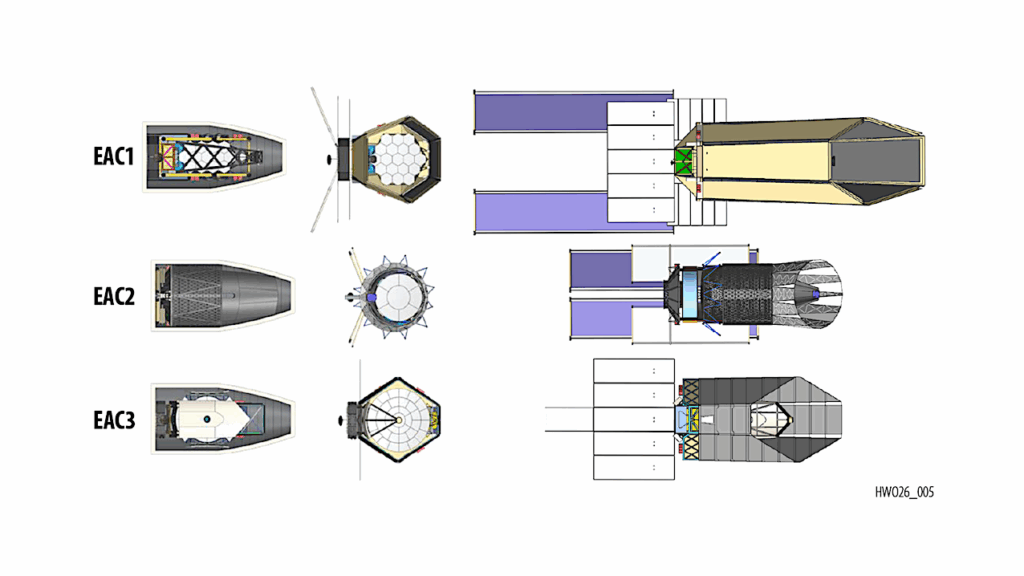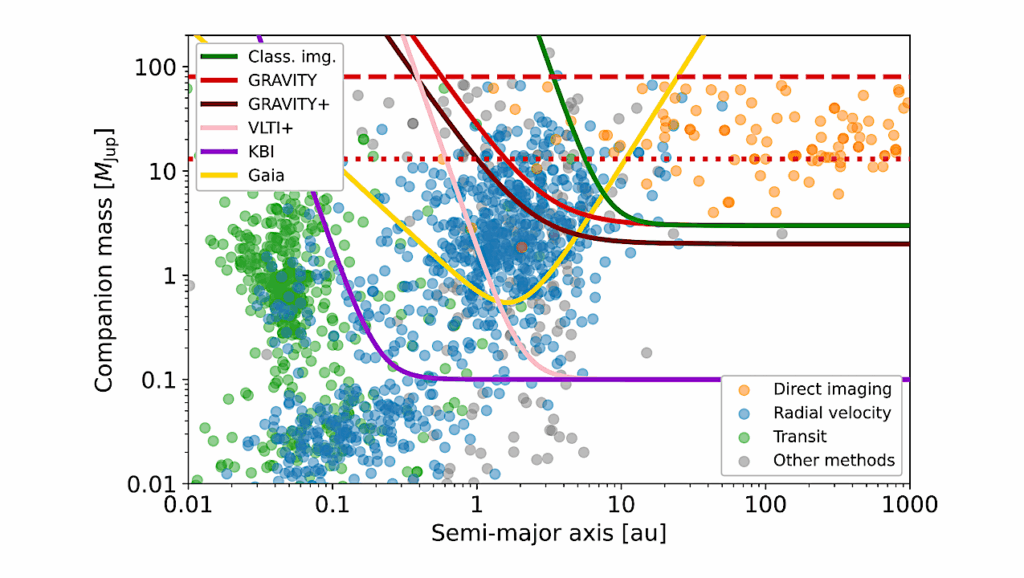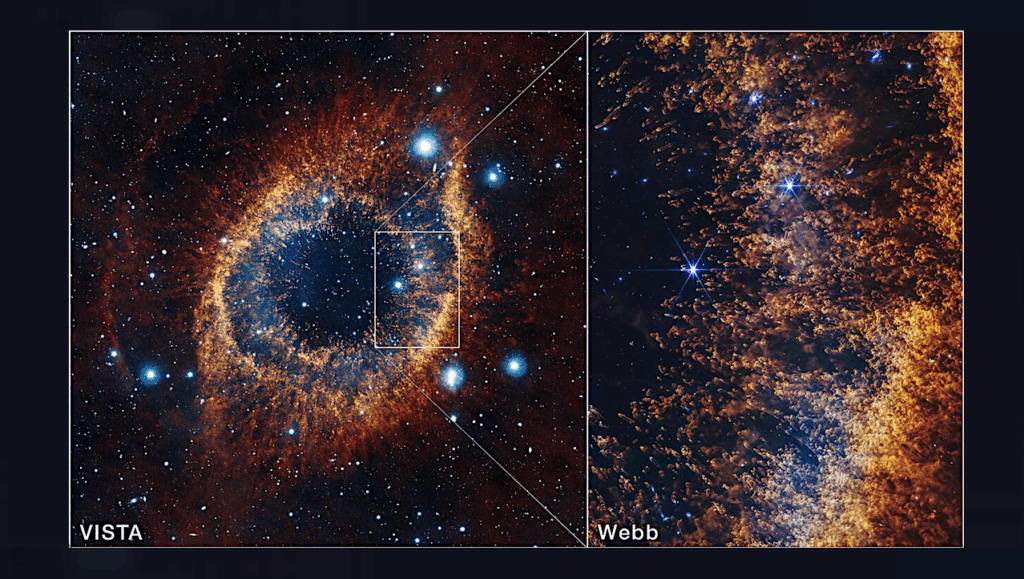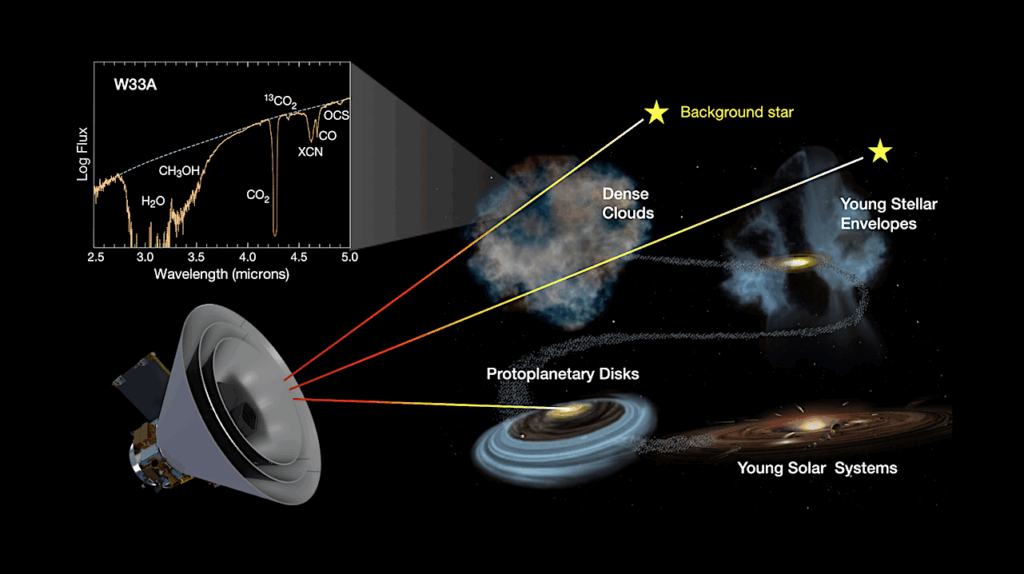Planetary System Around LTT 1445A Unveiled By ESPRESSO: Multiple Planets In A Triple M-dwarf System

We present radial velocity follow-up obtained with ESPRESSO of the M-type star LTT 1445A (TOI-455), for which a transiting planet b with an orbital period of~5.4 days was detected by TESS.
We report the discovery of a second transiting planet (LTT 1445A c) and a third non-transiting candidate planet (LTT 1445A d) with orbital periods of 3.12 and 24.30 days, respectively. The host star is the main component of a triple M-dwarf system at a distance of 6.9 pc. We used 84 ESPRESSO high-resolution spectra to determine accurate masses of 2.3±0.3 M⊕ and 1.0±0.2 M⊕ for planets b and c and a minimum mass of 2.7±0.7 M⊕ for planet d.
Based on its radius of 1.43±0.09 R⊕ as derived from the TESS observations, LTT 1445A b has a lower density than the Earth and may therefore hold a sizeable atmosphere, which makes it a prime target for the James Webb Space Telescope. We used a Bayesian inference approach with the nested sampling algorithm and a set of models to test the robustness of the retrieved physical values of the system.
There is a probability of 85% that the transit of planet c is grazing, which results in a retrieved radius with large uncertainties at 1.60+0.67−0.34 R⊕. LTT 1445A d orbits the inner boundary of the habitable zone of its host star and could be a prime target for the James Webb Space Telescope.
B. Lavie, F. Bouchy, C. Lovis, M. Zapatero Osorio, A. Deline, S. Barros, P. Figueira, A. Sozzetti, J. I. Gonzalez Hernandez, J. Lillo-Box, J. Rodrigues, A. Mehner, M. Damasso, V. Adibekyan, Y. Alibert, C. Allende Prieto, S. Cristiani, V. DOdorico, P. Di Marcantonio, D. Ehrenreich, R. Genova Santos, G. Lo Curto, C.J.A.P. Martins, G. Micela, P. Molaro, N. Nunes, E. Palle, F. Pepe, E. Poretti, R. Rebolo, N. Santos, S. Sousa, A. Suarez Mascareno, H. Tabrenero, S. Udry
Comments: 31 pages, 20 figures Accepted A&A
Subjects: Earth and Planetary Astrophysics (astro-ph.EP); Solar and Stellar Astrophysics (astro-ph.SR)
Cite as: arXiv:2210.09713 [astro-ph.EP] (or arXiv:2210.09713v1 [astro-ph.EP] for this version)
https://doi.org/10.48550/arXiv.2210.09713
Focus to learn more
Submission history
From: Baptiste Lavie
[v1] Tue, 18 Oct 2022 09:46:34 UTC (7,581 KB)
https://arxiv.org/abs/2210.09713
Astrobiology








